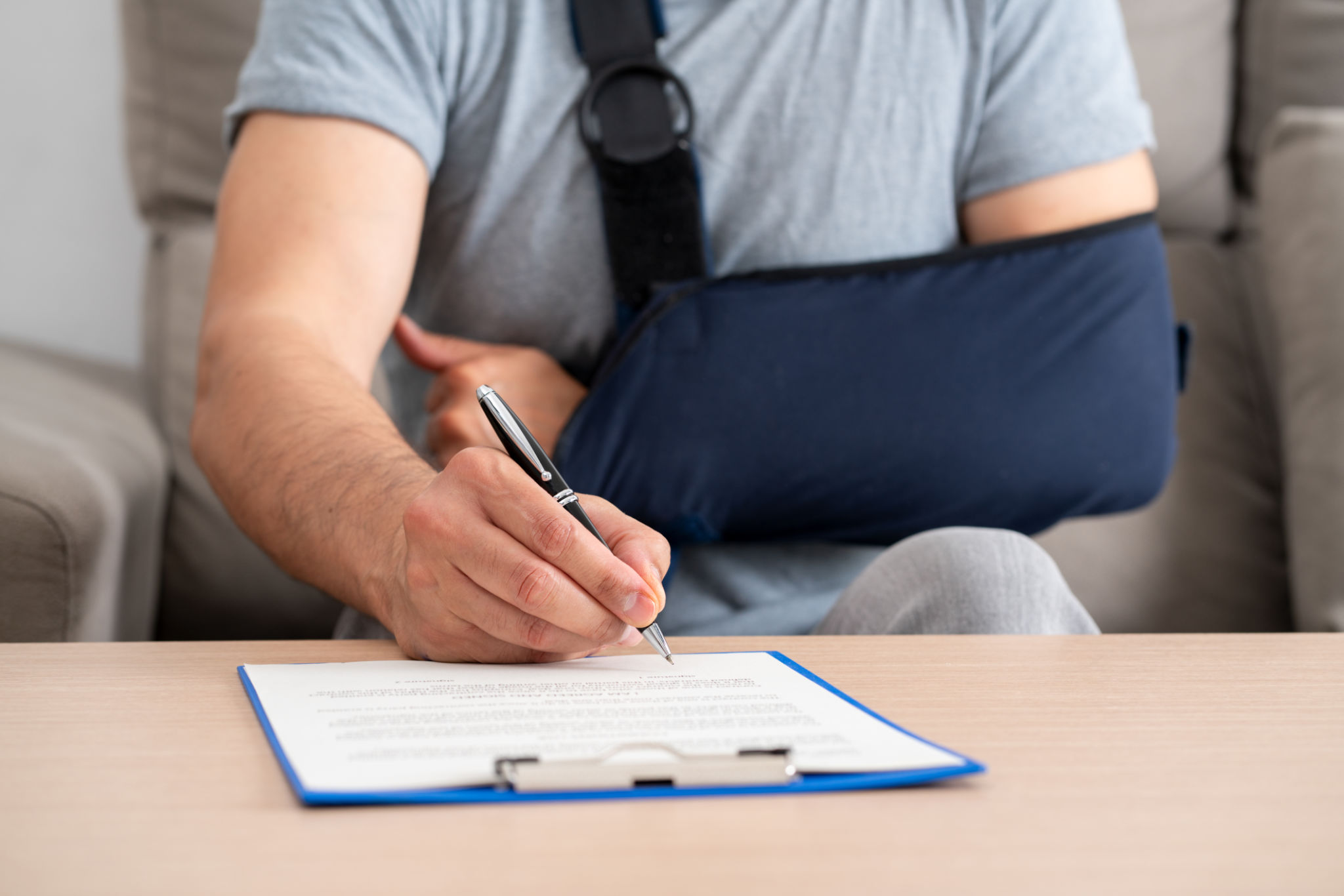The Role of Orthopaedic Product Surveys in Improving Patient Outcomes
Understanding Orthopaedic Product Surveys
Orthopaedic product surveys play a crucial role in enhancing patient outcomes by gathering valuable insights into the effectiveness and usability of various orthopaedic devices. These surveys collect feedback from patients, healthcare providers, and other stakeholders to better understand their experiences and challenges. This information is vital for manufacturers and medical professionals to refine products and ensure they meet the needs of patients.
The data collected from these surveys can reveal patterns and trends that might not be apparent through clinical trials alone. By incorporating patient and clinician perspectives, orthopaedic companies can make informed decisions about product design, development, and distribution, ultimately leading to improved patient care.

Enhancing Product Design Through Feedback
One of the primary benefits of orthopaedic product surveys is their ability to inform product design. Feedback from end-users can highlight specific areas where a product may fall short or excel. This direct input is invaluable for manufacturers seeking to develop devices that are not only effective but also comfortable and easy to use.
For example, if a survey reveals that patients find a knee brace difficult to adjust, manufacturers can focus on creating more user-friendly designs. Such improvements can significantly enhance patient compliance, leading to better recovery rates and overall satisfaction.

Improving Patient Education and Support
Surveys also play a pivotal role in identifying gaps in patient education and support. By understanding how well patients comprehend the use of orthopaedic devices, healthcare providers can tailor educational materials and support services to address common challenges and misconceptions.
This targeted approach helps ensure that patients are well-informed about their treatment options and know how to properly use their devices, which is crucial for achieving desired outcomes. Improved education can lead to increased confidence and independence in managing their conditions.
Facilitating Continuous Improvement
Orthopaedic product surveys provide an ongoing feedback loop that facilitates continuous improvement. As new technologies and innovations emerge, regular surveys help keep manufacturers and healthcare providers updated on evolving patient needs and expectations.
This continuous dialogue between stakeholders ensures that orthopaedic products remain relevant and effective in addressing the diverse needs of patients. By actively seeking feedback, companies demonstrate a commitment to quality and patient-centered care, fostering trust and loyalty among users.

The Role of Technology in Survey Distribution
Advancements in technology have made it easier than ever to distribute orthopaedic product surveys. Online platforms and mobile applications allow for quick and efficient data collection from a wide range of participants. These tools also enable real-time analysis of survey results, providing manufacturers with timely insights into product performance.
Moreover, digital surveys can reach a broader audience, including those in remote or underserved areas, ensuring diverse representation in feedback. This inclusivity helps capture a comprehensive view of patient experiences across different demographics.
Conclusion: A Pathway to Better Outcomes
In conclusion, orthopaedic product surveys are an essential tool for improving patient outcomes. By leveraging the insights gained from these surveys, manufacturers can design better products, enhance patient education, and facilitate continuous improvements in patient care.
As the healthcare landscape continues to evolve, the importance of these surveys will only grow. Embracing this feedback-driven approach ensures that orthopaedic products are not only innovative but also truly aligned with the needs of those who rely on them for improved mobility and quality of life.
